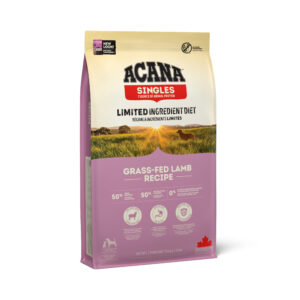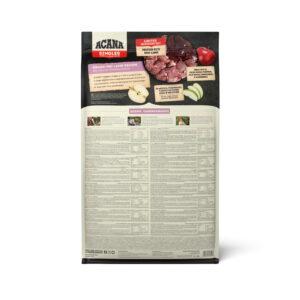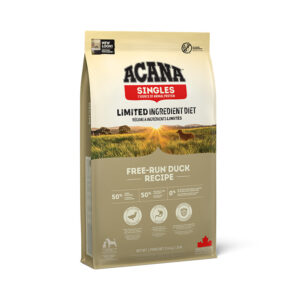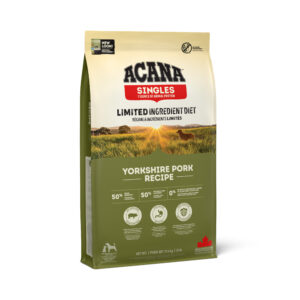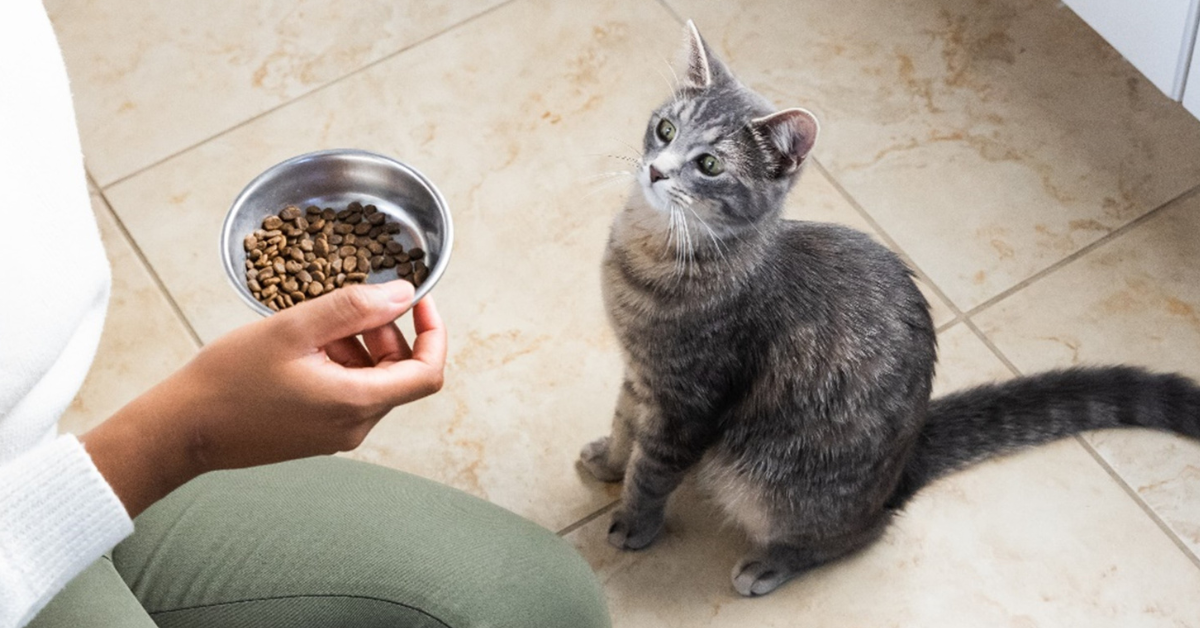November is a time of year when many people will be celebrating with an evening of fireworks. While most annual events can be celebrated with pets, cats and dogs don’t

Signs Your Dog May Be Allergic to Chicken
As in humans, allergies or sensitivities in dogs can present in many different ways. Symptoms may include itchy, red or inflamed skin or gastrointestinal problems such as vomiting, diarrhoea and gas. Some less obvious signs are reoccurring ear infections, excessive paw licking and poor coat quality. Identifying the cause of these symptoms can be a difficult process and we would recommend that you consult with your trusted vet.
Why Choose Dog Food Without Chicken?
Dogs may be sensitive to many different ingredients as well as environmental factors but one that can be hard to avoid is chicken. If you are concerned that your dog may be sensitive and have ruled out other medical issues with your vet, one option is to try an elimination diet. This is a short-term eating plan for your dog, removing certain foods to identify potential triggers for adverse reactions of symptoms.
Best Protein Alternatives for Dogs
When looking for an alternative food as part of an elimination diet for the clearest results, it is best to choose a novel protein that your dog does not normally eat. For example, if your dog is normally fed a diet with the main protein source of chicken you could select a lamb or pork recipe to trial – ensuring the that the new food does not include chicken ingredients.
ACANA Singles recipes with 50% quality animal ingredients are rich in protein from a single animal source and balanced with 50% vegetables, fruit and nutrients, such as fresh apples and fresh whole pumpkin to support healthy digestion. Making them great for choosy dogs or dogs with food sensitivities.
How To Identify Dog Foods Without Chicken
All dog food packaging should show the composition of the food, stated in descending order of the ingredients. However sometimes it can be hard to identify whether chicken is included in a recipe or not. Some dog foods may use terms like ‘meat or animal derivatives’, ‘meat meals’ or ‘poultry proteins’ which do not specify if they contain chicken or not. The best option is to choose a food which clearly states all the ingredients by name in the recipe. If you are not sure what a term means, or maybe if that could include chicken, it is best to avoid as part of an elimination diet for the best result. For example, here is the recipe for ACANA Singles Grass-Fed Lamb dog food which shows each of the ingredients clearly:
Raw lamb (21%), lamb meal (19%), whole green peas, whole red lentils, raw lamb liver (8%), canola oil, fresh apples (4%), whole chickpeas, whole green lentils, whole yellow peas, lentil fibre, pea starch, sunflower oil, algae (source of EPA and DHA), raw lamb tripe (1%), raw lamb kidney (1%), fresh whole butternut squash, fresh whole pumpkin, dried kelp, salt, dried chicory root, whole cranberries, whole blueberries, turmeric, milk thistle, burdock root, lavender, marshmallow root, rosehips.
It is also important to ensure that for the period of the elimination diet you do not feed any additional treats or food that may contain the ingredient you are looking to avoid. Ideally for this period you would use a portion of the selected recipe of kibble to use in the place of treats.
Tips for Transitioning Your Dog’s Diet
For some dogs with allergies or sensitivities transitioning to a new food may take longer. In these cases you may want to start the transition with much smaller amount of the new food. For example, 10% of the total daily food intake of new food and 90% old food, gradually transitioning over at least 10-14 days.



